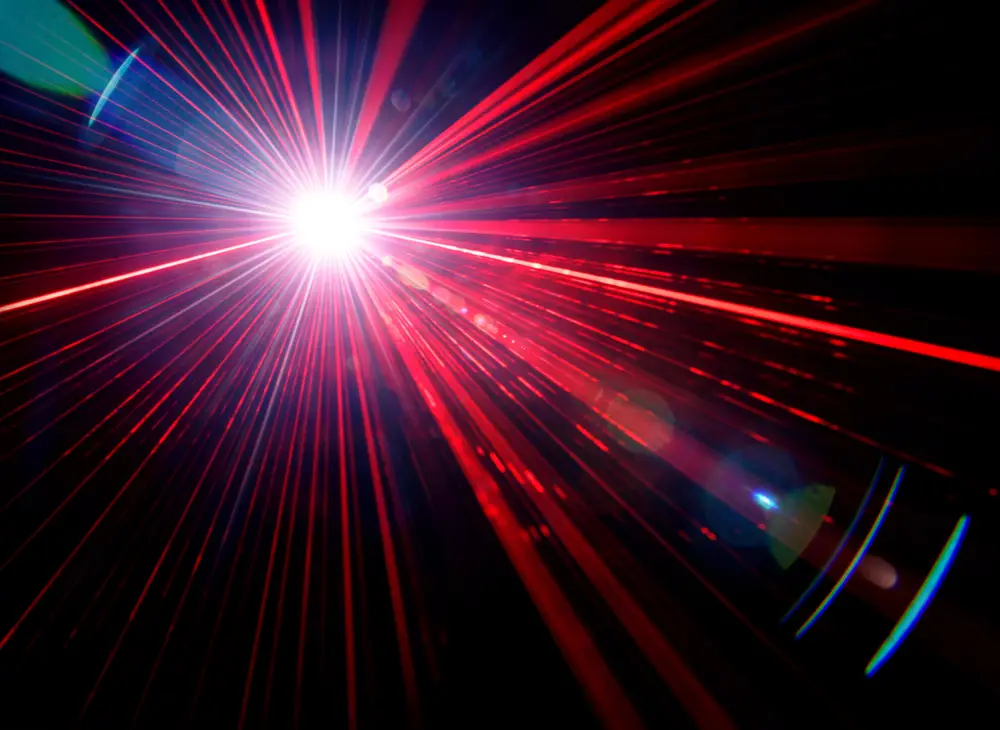Harness the Power of Laser HILT Therapy For Improved Health
High-Intensity Laser Therapy (HILT) is a non-invasive and painless method of light therapy that, according to numerous studies, may be a practical therapeutic approach for pain relief, wound healing, and cellular regeneration. HILT is a form of light stimulation based on the Photobiomodulation principle. Studies in light therapy show that HILT may offer a robust and non-addictive form of acute pain management.[1] And that it can be effective, especially in treating sports injuries, muscle injuries, or joint distortions, as well as lower back pain or disorders in the cervical region, which can cause neck pain.
Unlike Low-level Laser Therapy, the high power and choice of the right wavelength of the HILT allow for deep tissue penetration. Through a natural process of energy transfer, it shows that it may have a positive effect on healing and tissue regeneration.
The primary difference between HILT and Low-Level Laser Therapy (LLLT) is that more powerful beams (power > 500 mW) are used to penetrate deeper, delivering a high amount of multi-directional energy to deep tissues in a short period. Additionally, there are differences in application techniques, treatment time, and device costs between these two generations of laser therapy.
The History of High-Intensity Laser Therapy (HILT)
The start of the laser can be traced back to 1917 when Albert Einstein suggested the concept of stimulated emission.[2] At first, there were operational lasers, the equivalent to lasers working in the microwave region of the spectrum, and after that, the optical laser was presented. From there, Charles Townes, Aleksandr Prokhorov, and Nikolay Basov were awarded the 1964 Nobel Prize in Physics for their work on the development of lasers.[3] Arthur Schawlow and Charles Townes, Bell Labs/Columbia University, are generally credited with ‘inventing’ the laser. However, Gordon Gould is considered by many to be its inventor, as he coined the term “LASER” (Light Amplification by Stimulated Emission of Radiation) and eventually was awarded patents on various types of lasers. In 1960, Theodore Maiman at Hughes Research Laboratories in the USA demonstrated the first optical laser. This demonstration was a pivotal moment globally, and groups from around the world took up the challenge to develop laser systems, which are now used in a broad range of applications.
What Are the Benefits of HILT Therapy?
High-Intensity Laser Therapy has been used more recently in the therapeutic protocols of pain management. Physiotherapists use HILT primarily on the assumption that the laser’s energized cells accelerate the healing rate. The research indicates that HILT may have positive incomes, such as:[4]
- Reduces pain
- Speeds tissue repair and cellular growth
- Softens scar tissue
- Resets chronic pain cycles
- Reduces swelling
- Improved blood flow
- Improves nerve function
The Research Supporting HILT
Nineteen studies were included for qualitative and quantitative assessment. The average power of the lasers used in the reviewed studies ranged from 0.6 to 25 W. [5] Most studies (68%) employed a pulsed laser with energy densities varying from 0.25 to 150 J/cm². Approximately 94% of the included articles (n = 18) reported positive effects of HILT on pain. The management of acute and chronic pain is based on different mechanisms, and we should apply more laser therapy in chronic pain conditions. From the results, adding thermal and non-thermal agents to HILT may enhance the effects of laser therapy. The results of one study regarding the efficacy of HILT in reducing pain in knee osteoarthritis demonstrated an immediate, solid, cumulative, and long-lasting (lasting for three months) effect of High-Intensity Laser Therapy on pain management. The results of this study suggest that HILT may be a promising new approach for treating knee osteoarthritis. Although the results are promising, further tests are needed to confirm the full potential therapeutic effects of HILT.
Does HILT Use Come With Side Effects?
A therapeutic High-Intensity Laser is generally considered safe, but protective eyewear is obligatory throughout the therapy. With the increasing power of the High-Intensity Laser, caution is necessary regarding its thermal effects, which, on the one hand, provide a delightful treatment, but, if not monitored and used by a trained operator, can damage the tissue. Other possible side effects from the therapy may occur in:
- Pregnancy: Pregnant women are recommended not to undergo the procedure since its effects on unborn children are unknown.
- Eyes: All individuals present should wear appropriate safety glasses.
- People with epilepsy: Be aware that light might trigger a seizure in photosensitive epileptic patients.
Additional precautions apply to patients with certain medical conditions. People with active cancer should avoid treatment over tumor sites, as the light energy could potentially stimulate cell growth in malignant tissues. Patients taking photosensitizing medications, such as certain antibiotics, may experience increased skin sensitivity and should inform their healthcare provider before treatment.
Those with pacemakers or other implanted electronic devices require careful evaluation, though many can safely receive treatment with proper precautions. Patients with bleeding disorders or those taking blood-thinning medications should consult their physician before starting therapy.
Most people experience only mild, temporary effects such as slight warmth or occasional minor soreness the following day, which typically resolves quickly as part of the natural healing response.
